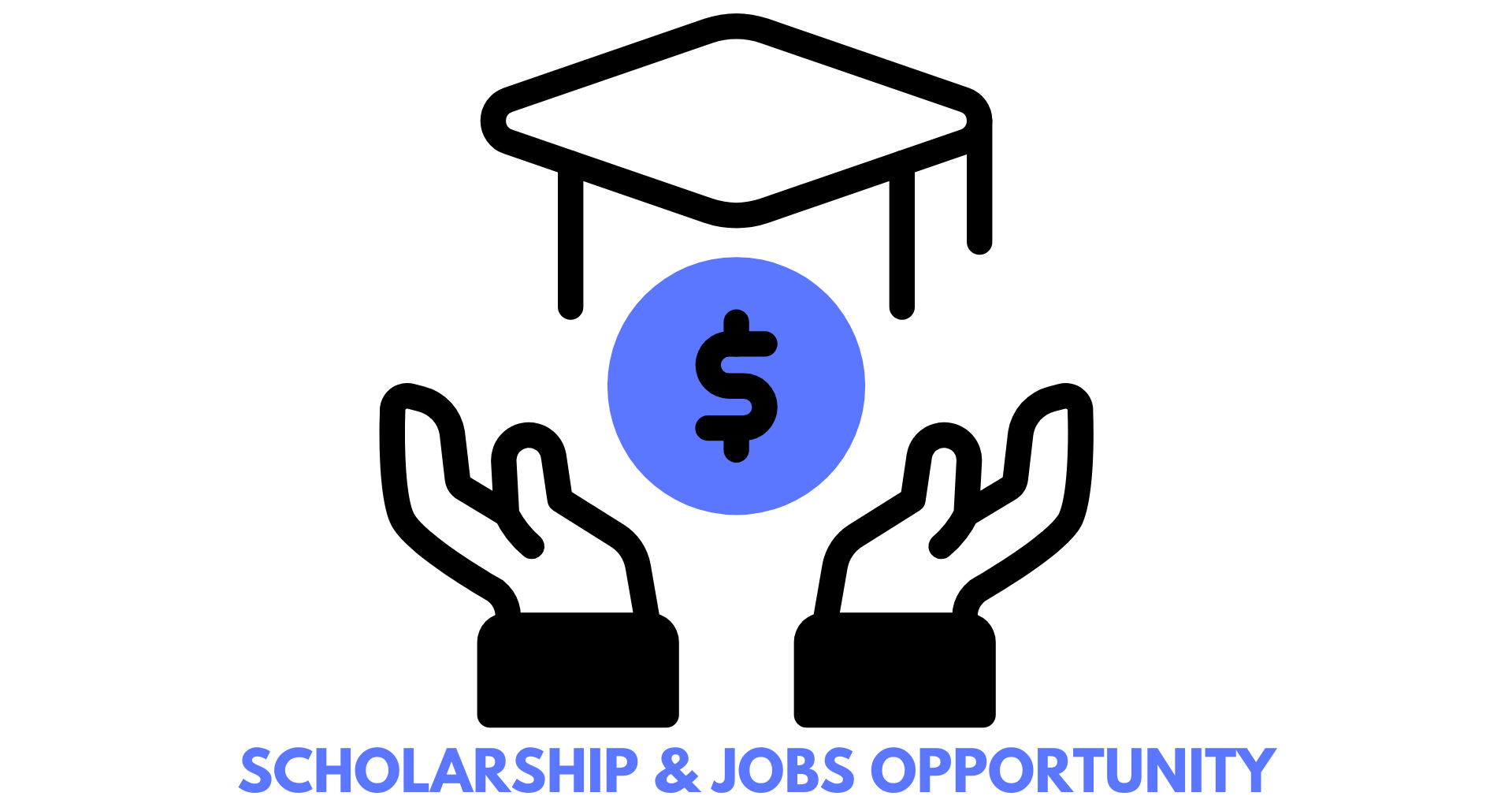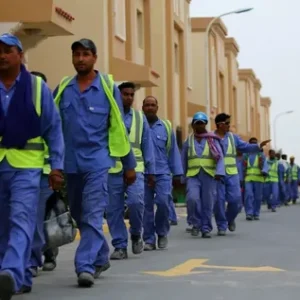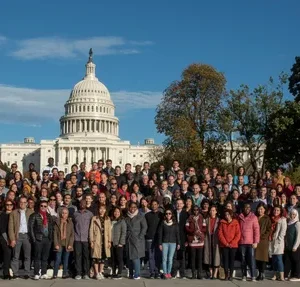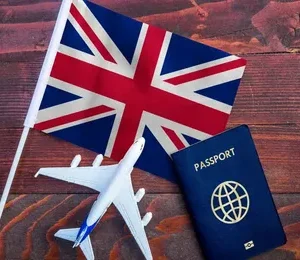Are you a skilled professional in the trades or hospitality industry? If you’ve ever dreamed of working abroad, Australia is calling—and this time, the call comes with perks like employer-sponsored visas, high salaries, and an enviable coastal lifestyle.
From the vibrant laneways of Melbourne to the beaches of Perth, Australia’s demand for qualified workers in hospitality and trade sectors is at an all-time high. As the economy rebounds post-COVID, the government is doubling down on labor shortages, offering easier immigration routes for skilled individuals, particularly through Subclass 482 (Temporary Skill Shortage Visa) and Subclass 186 (Employer Nomination Scheme Visa).
Let’s break down exactly why now is the best time to take action if you’re in one of these high-demand job sectors.
Why Is Australia Looking Abroad for Workers?
Australia has a chronic shortage of skilled labor, particularly in hospitality and trades. According to the National Skills Commission, job vacancies in trades and hospitality soared by over 30% in 2024. Factors such as an aging workforce, fewer apprenticeships, and post-pandemic migration bottlenecks have worsened this gap.
The result? A red-hot labor market with employers willing to sponsor foreign workers to fill key roles.
What Are the High-Demand Sectors?
1. Chefs & Hospitality Staff
Tourism is booming again in Australia. With international borders wide open, restaurants, resorts, and hotels are ramping up operations. But there’s a catch: a serious shortage of chefs and kitchen staff.
According to Tourism Australia, over 70% of hospitality businesses reported staffing challenges in 2024. Employers are now recruiting internationally, offering perks like visa sponsorship and relocation assistance.
2. Mechanics
Australia’s reliance on vehicles in both cities and regional areas means mechanics are in constant demand. Diesel mechanics, in particular, are listed on the Medium and Long-term Strategic Skills List (MLTSSL), making them eligible for long-term visas.
3. Electricians
With the Australian government pushing green energy initiatives and housing developments, electricians are critical. The Clean Energy Council forecasts massive demand for licensed electricians across solar, battery storage, and EV charging infrastructure projects.
Visa Pathways: Subclass 482 vs Subclass 186
To streamline your move, Australia offers two main visa types for skilled workers:
| Visa Type | Subclass 482 (TSS) | Subclass 186 (ENS) |
|---|---|---|
| Duration | Up to 4 years | Permanent Residency |
| Employer Sponsorship | Required | Required |
| Skills Assessment | Sometimes required | Mandatory for most occupations |
| Transition to PR | Possible after 3 years | Immediate if approved |
The Subclass 482 is ideal if you want to test the waters before committing long-term. Meanwhile, the Subclass 186 is perfect if you’re ready to settle in Australia permanently with employer support.
More details on eligibility and application steps can be found on Australia’s official immigration site.
Average Salaries in These Sectors
One of the biggest draws to working in Australia is the pay. Here’s a rough breakdown of average salaries:
- Chefs: AUD 60,000 – 80,000 annually
- Mechanics: AUD 65,000 – 85,000
- Electricians: AUD 70,000 – 90,000
In regional areas, where labor shortages are even more severe, employers may offer higher salaries and additional incentives such as housing support or relocation bonuses.
Why People Love Living & Working in Australia
It’s not just about the money. Here are a few reasons why foreign workers thrive in Australia:
- Coastal Lifestyle: Live near the beach and enjoy a laid-back lifestyle.
- Healthcare & Safety: Australia boasts a world-class public healthcare system and a low crime rate.
- Work-Life Balance: Workers enjoy minimum 20 days paid leave plus 10 public holidays.
- Multicultural Society: With immigrants making up nearly 30% of the population, newcomers are welcomed.
How to Get Started: Step-by-Step Guide
1. Assess Your Occupation
Check if your role is listed on the Skilled Occupation List (SOL).
2. Secure an Employer
Many employers in sectors like hospitality and trades are actively seeking foreign workers. Websites like Seek and JobActive list hundreds of sponsored job openings.
3. Apply for a Visa
Work with a registered migration agent or directly apply for either Subclass 482 or 186 based on your situation.
4. Prepare Documentation
Ensure your qualifications and work experience are certified and translated if necessary.
5. Relocate & Settle In
Once approved, make arrangements for your move. Some employers assist with relocation costs.
Tips for a Successful Application
- Tailor your resume to Australian standards.
- Be proactive in reaching out to employers offering sponsorship.
- Stay updated on visa policy changes via Home Affairs Newsroom.
Final Thoughts: Your Future Down Under Awaits
Australia isn’t just a country—it’s a lifestyle. Whether you’re a chef dreaming of running your own coastal kitchen, a mechanic ready to tune Aussie utes, or an electrician aiming to wire the future, this is your moment.
With strong demand, competitive pay, and accessible visa pathways, skilled professionals from around the world are finding success in the land Down Under. Don’t wait—opportunities like this don’t stay open forever.
Apply now and step into your next chapter in Australia.
Need help finding employer-sponsored jobs? Start your search with Australian Government Job Search or connect with registered migration agents through the MARA register.






